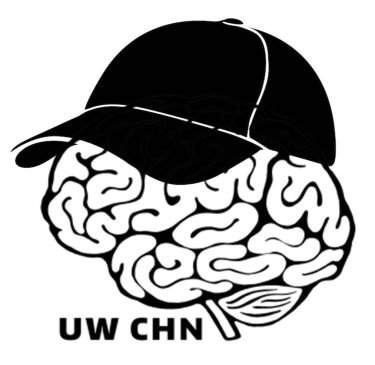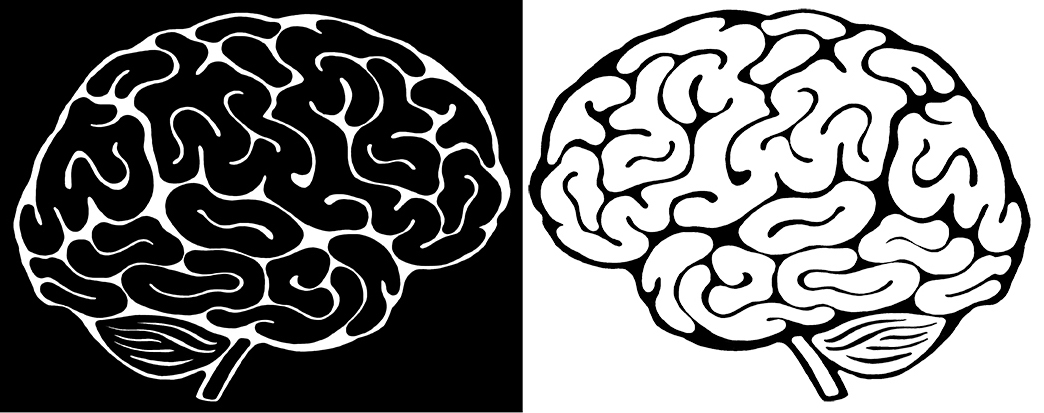Human Neuroscience Seminar
This quarter (Fall 2024) I’m running a vision journal club instead of a human neuroscience seminar. If this makes you sad, email me ionefine and I’ll remember to invite you for next quarter!

Seminar in Cognition & Perception WTR Quarter 555B
KINCAID 501
UNDERGRADS: Email Ione Fine ionefine@uw.edu for an add code!
Instructor: Ione Fine
Ever wanted to look inside your own brain? Thanks to a generous Student Tech Fee grant the Center for Human Neuroscience has the opportunity to offer students the chance to carry out their own research in human neuroscience.
We now have a decent amount of data and questionaires. This quarter the focus is on the following
- The STF renewal. What do you want from the CHN-STF collective?
- How to print a brain: Oliver Wu, a member of the STF collective, will show you how to 3D print your own brain if you have previously had your brain scanned as part of the collective.
- Comparing brain data to survey data. We finally have about 37 brains/data. Geoff Boynton will show you how to use R to compare survey data to brain anatomy.
- Reproducibility in science. This will be a great topic for any students learning how to manage their own data.
- Generating student generated/edited video mini-lectures on different types of neuroimaging data that include (1) a primer on the physics, (2) how they are collected, (3) what the images look like, (4) the sorts of analyses and discoveries that are made with these data.
- As always, offfice hours are available to help you do your own projects (email ionefine to schedule)
Although this is listed as a Cognition and Perception class, it’s open to a wide variety of students: undergrads and grads – from clinical psychology to philosophy – anyone interested in human neuroscience.
This is a 1CR class so your participation can range between very light, and being heavily involved.
A little more about our plan for creating tutorials. As part of the collective we realized that there’s no place people can go to get basic information about MR neuroimaging. Our plan is to collectively create a series of tutorials on the following topics. This should be great training for anyone interested in science communication.
- How does MR neuroimaging work?
- What is structural imaging?
- What is diffusion imaging?
- What is resting-state imaging and why does Ione refer to it as over-interpreted plumbing?
- What is quantitative MR?

